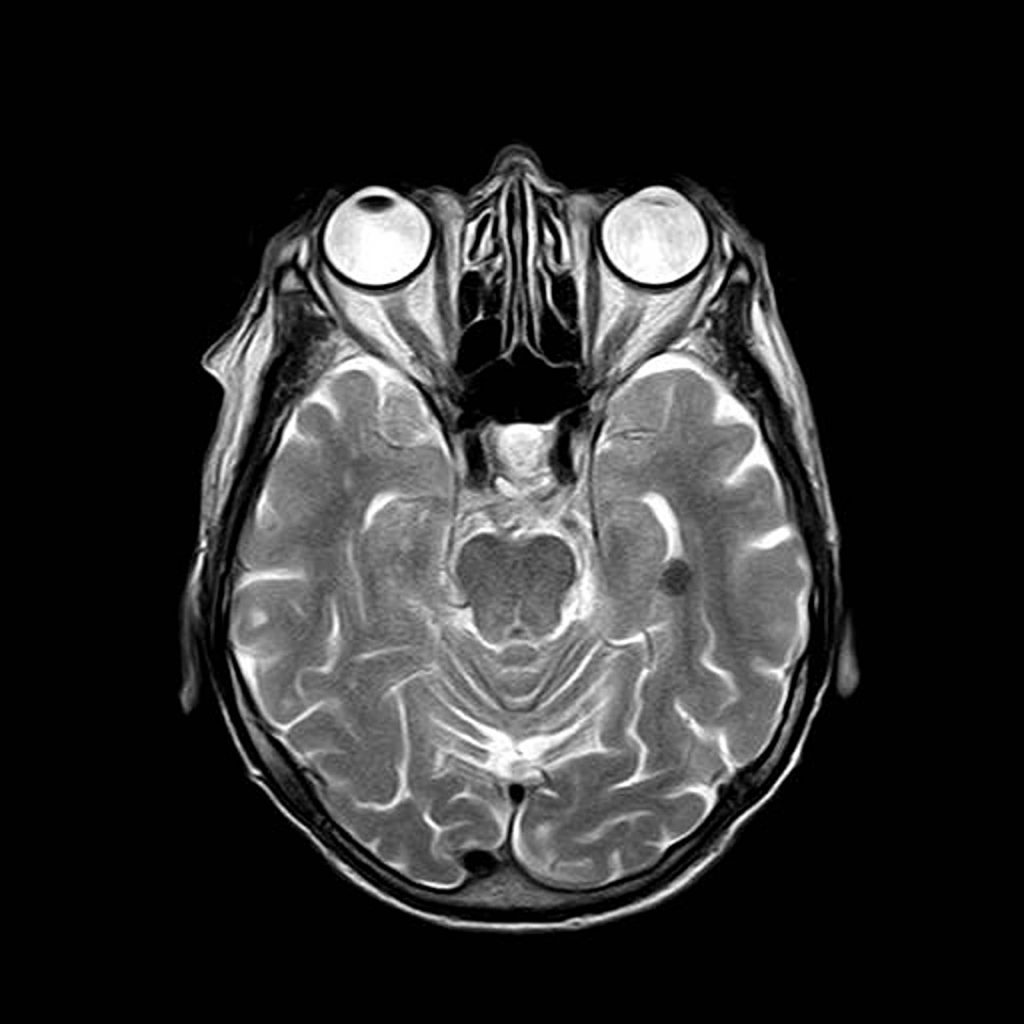Written by Emily Majorkiewicz and Edited by Myra Ali
Almost everybody has witnessed a commercial for an antidepressant medication on television, distinguishable by the extensive list of side effects that are quickly interjected before the advertising segment concludes. While the goal of antidepressant usage is to alleviate symptoms and prevent the condition from returning, the structure of proteins involved in treating depression and their affinity for medications are not well understood [1]. In fact, one study has demonstrated that only about 20% of people experience improved symptoms [2]. As a result of this misunderstanding, most medications are not very effective at alleviating symptoms of depression.
While clinical trials continue to be conducted and labs work to increase the efficiency and specificity of antidepressants, those who suffer from depression often must spend many months figuring out which combination of available antidepressants work best for them. Even if a combination of antidepressants is chosen, it is almost never fully effective, especially since everybody’s brains are different. However, one relatively new procedure called transcranial magnetic stimulation (TMS) may offer relief without this worry that comes with traditional antidepressants.
Originally used as a tool for research and diagnostic purposes when it first emerged around 1985, TMS has more recently been examined for therapeutic uses [3]. In short, TMS implements electromagnetic induction to create an electrical current that runs through the top of the head [4]. The process involves holding an enclosed coil beside the head, which will then produce magnetic fields when activated [4]. These fields pass through the scalp and skull, inducing a current in the brain that activates nerve cells. Although the mechanism for how these nerve cells are activated remains poorly understood, positive patient feedback exemplifies the success of this treatment.
Inducing stimulations such as TMS has been shown to decrease the symptoms associated with depression. In a study involving Major Depressive Disorder patients who had already attempted using common antidepressants and talk-therapy (talking to a doctor about problems) treatments, TMS was found to be an overall successful method of treatment in alleviating some depressive symptoms [5]. While the exact reasoning behind the efficacy of TMS is not yet well understood, its success in treating patients who suffer from depression is definitely worth to be noted. Today, more and more doctors are turning to TMS as a means to treat depression.
References:
